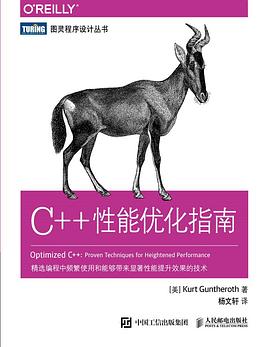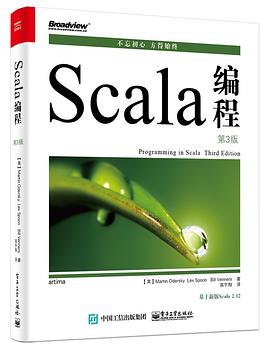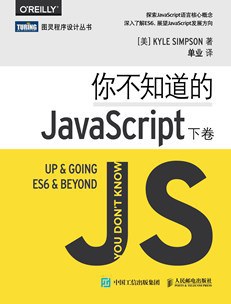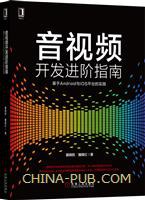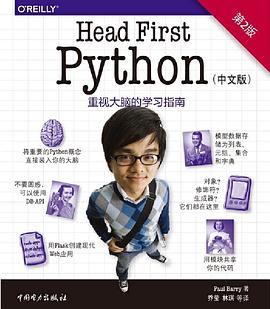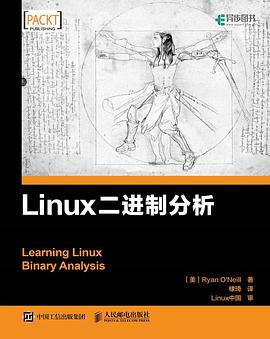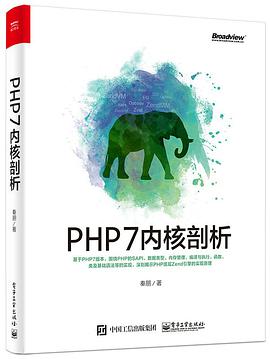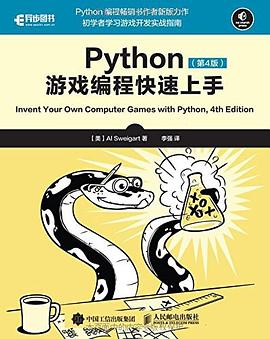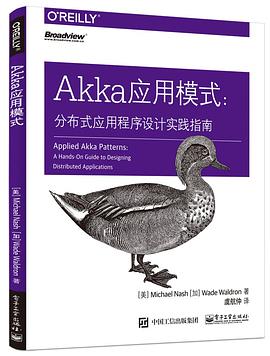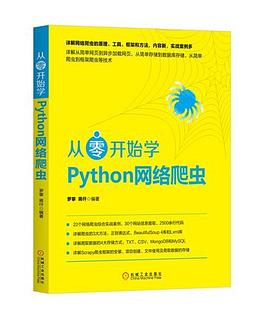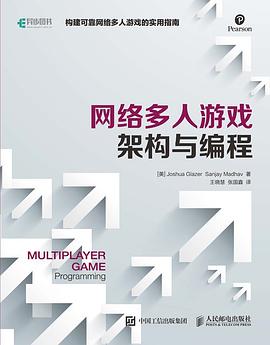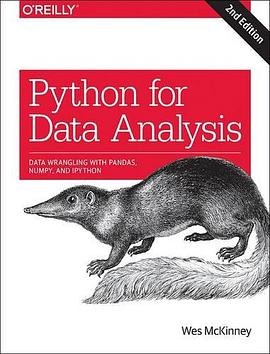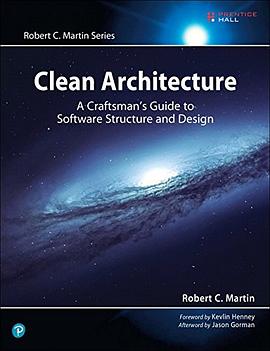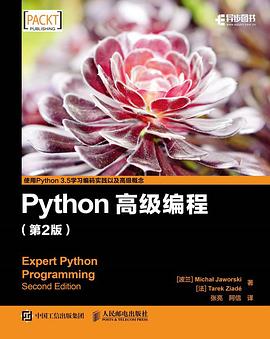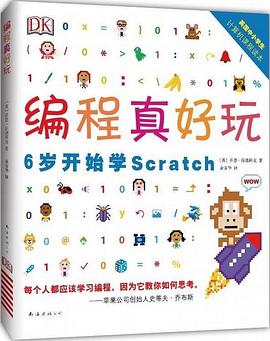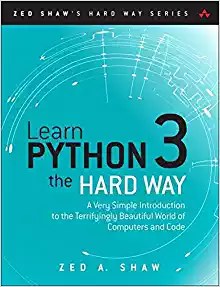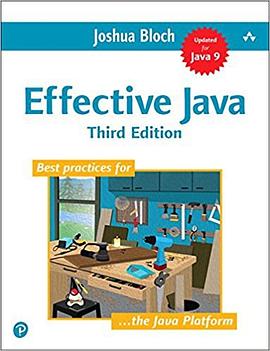

About the Author
Chapter 1: Introduction
Chapter 2: Creating and Destroying Objects
Chapter 3: Methods Common to All Objects
Chapter 4: Classes and Interfaces
Chapter 5: Generics
Chapter 6: Enums and Annotations
Chapter 7: Lambdas and Streams
Chapter 8: Methods
Chapter 9: General Programming
Chapter 10: Exceptions
Chapter 11: Concurrency
Chapter 12: Serialization
Index
· · · · · · (收起)
具体描述
The Definitive Guide to Java Platform Best Practices—Updated for Java 9
Java has changed dramatically since the previous edition of Effective Java was published shortly after the release of Java 6. This Jolt award-winning classic has now been thoroughly updated to take full advantage of the latest language and library features. The support in modern Java for multiple paradigms increases the need for specific best-practices advice, and this book delivers.
As in previous editions, each chapter of Effective Java, Third Edition, consists of several “items,” each presented in the form of a short, stand-alone essay that provides specific advice, insight into Java platform subtleties, and updated code examples. The comprehensive descriptions and explanations for each item illuminate what to do, what not to do, and why.
The third edition covers language and library features added in Java 7, 8, and 9, including the functional programming constructs that were added to its object-oriented roots. Many new items have been added, including a chapter devoted to lambdas and streams.
New coverage includes
Functional interfaces, lambda expressions, method references, and streams
Default and static methods in interfaces
Type inference, including the diamond operator for generic types
The @SafeVarargs annotation
The try-with-resources statement
New library features such as the Optional<T> interface, java.time, and the convenience factory methods for collections
用户评价
##用某人的O'Reilly Safari账号看技术书籍真是非常愉快。
评分 评分##读过2rd的人,diff ## Chapter 2 - Creating and Destroying Objects - Item 5: Prefer dependency injection to hardwiring resources. 优先用框架支持(Spring)依赖注入,而不是手写单例 - Item 9: Prefer try-with-resources to try-finally. Java 7 特性,语法糖 ## Chapter 4 - Classes and Interfaces - Item 21: Design interfaces for posterity. interface default 实现,大家都会的 - Item 25: Limit source
相关图书
本站所有内容均为互联网搜索引擎提供的公开搜索信息,本站不存储任何数据与内容,任何内容与数据均与本站无关,如有需要请联系相关搜索引擎包括但不限于百度,google,bing,sogou 等
© 2025 book.qciss.net All Rights Reserved. 图书大百科 版权所有

